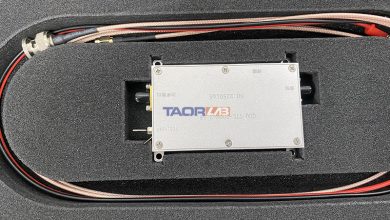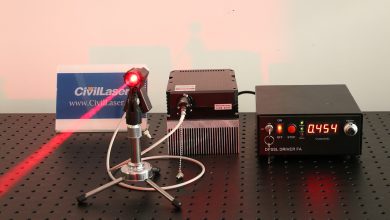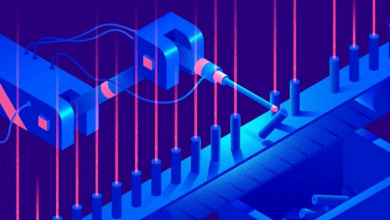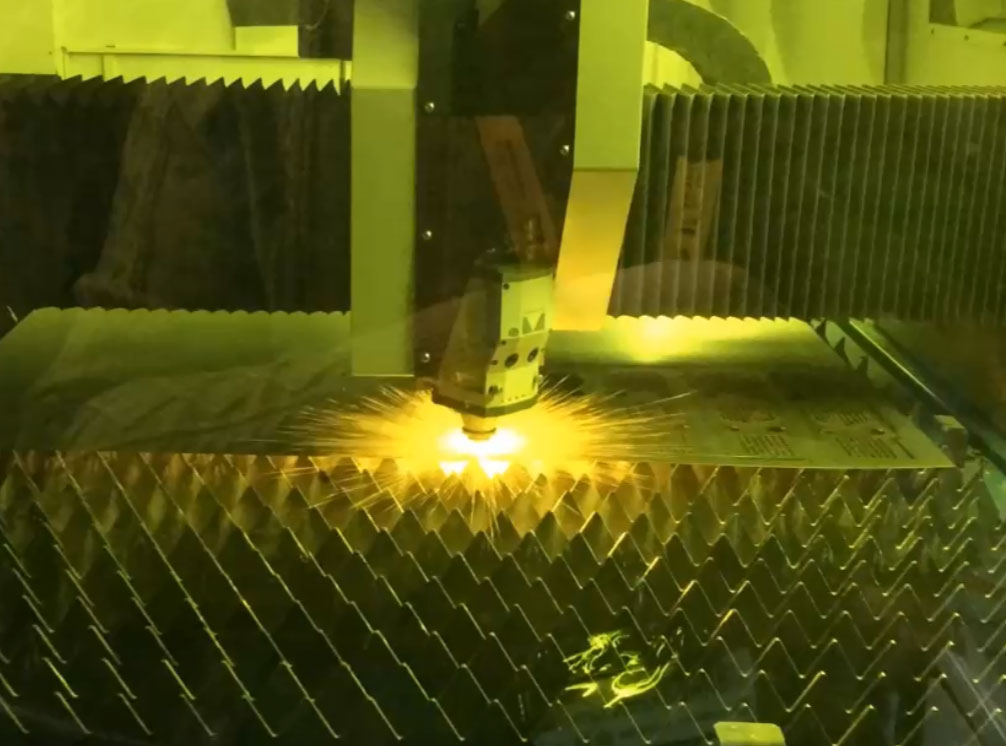Laser News
Gain Stability of Erbium Doped Fiber Amplifier
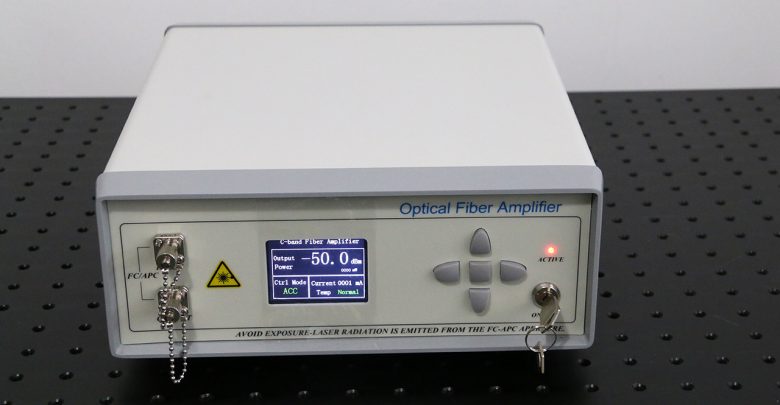
Abstract: Erbium doped fiber amplifier was pumped by A l-free 980nm InGaAs/ InGaAsP/ InGaP high power quantum well laser. At pump power of 20mW, the gain is 33dB, the maximum gain coefficient is 6.7dB/ mW and the saturated output power is 6dBm. The gain is as a function of fiber length and pump powers, it is also as a function of output powers.
1 Introduction
With the deep development of optical communication technology, the development of erbium-doped fiber amplifier (EDFA) as a direct optical amplification technology has become the mainstream of today’s research. EDFA has the compatibility of erbium-doped fiber and communication fiber, low coupling loss, good stability, high gain, high bandwidth, high efficiency, low noise, no polarization dependence, and simple structure. Due to its small size, easy to use and high practical value. Therefore, it is a key component for achieving all-optical fiber-optic communication, such as coherent optical communication, optical arc sub-communication, and quantum optical communication. This naturally attracts the attention of scientists from all over the world, especially the erbium-doped fiber amplifier pumped by semiconductor lasers, which has become a hot topic in recent years. Experiments have shown that a semiconductor laser with an emission wavelength of 980 nm is the best pump source for an erbium-doped fiber amplifier. Because 980nm not only has no excited state absorption, but also has high pumping efficiency, fast response, and quantum conversion efficiency is close to 100%, which has the advantages of high gain coefficient, low noise, and high saturation output power.

Fig . 1 Schematic diagram of EDFA structure.
The experimental pump source is a 980 nm aluminum-free InGaAs/InGaAsP/InGaP high power quantum well laser developed by the group. The signal source is an external cavity type laser diode with a wavelength of 1.48 ~ 1.58μm. The signal light and the pump light enter the erbium doped fiber through the combiner. The erbium-doped fiber has a core diameter of 2 μm, a cerium doping concentration of 200 ppm, and a numerical aperture of 0.3. Figure 1 shows the structure of the EDFA device. Two polarization-insensitive optical isolators are used to avoid laser oscillations and amplify spontaneous emission (ASE) feedback. The narrow-band optical filter filters out the ASE and pump light that is not absorbed by the erbium-doped fiber, increasing the gain bandwidth of the amplifier. Figure 2 shows the gain spectrum. It can be seen from the figure that there are two peaks around 1.533 nm and 1.553 nm, so we compare these two wavelengths as the signal wavelength. Figure 3 shows the relationship between the length of the fiber and the gain factor for the two signal wavelengths. For a given pump power, the maximum gain of the amplifier corresponds to an optimum fiber length. At a pump wavelength of 980 nm, a pump power of 12 mW, and a signal power of -38 dBm, the optimum fiber lengths of the signal wavelengths of 1.533 nm and 1.553 nm are both 12 m, and the corresponding maximum gain coefficients are 6.7 and 5.7 dB/mW, respectively. When the length of the fiber exceeds the optimum value, the gain factor drops rapidly. The reason is that the portion of the amplifier that exceeds the optimum length is not pumped, but instead absorbs the amplified signal. Figure 4 shows the pump power as a function of gain. When the pump power is 20mW, the signal power is 38dBm, and the fiber length is 12m, the signal wavelength is 1.533μm, the gain is 33dB, and the threshold power is 1.3mW. The signal has a wavelength of 1.553μm and a gain of 23 dB with a threshold power of 1 mW. Figure 5 shows the relationship between output power and gain. The saturated output power is 6dBm when the gain drops to 3dB.

